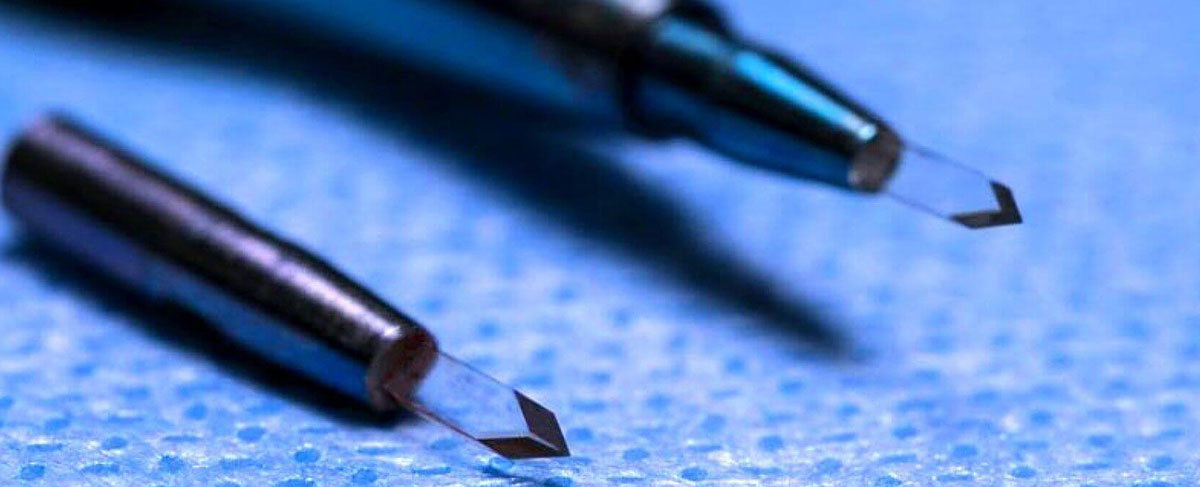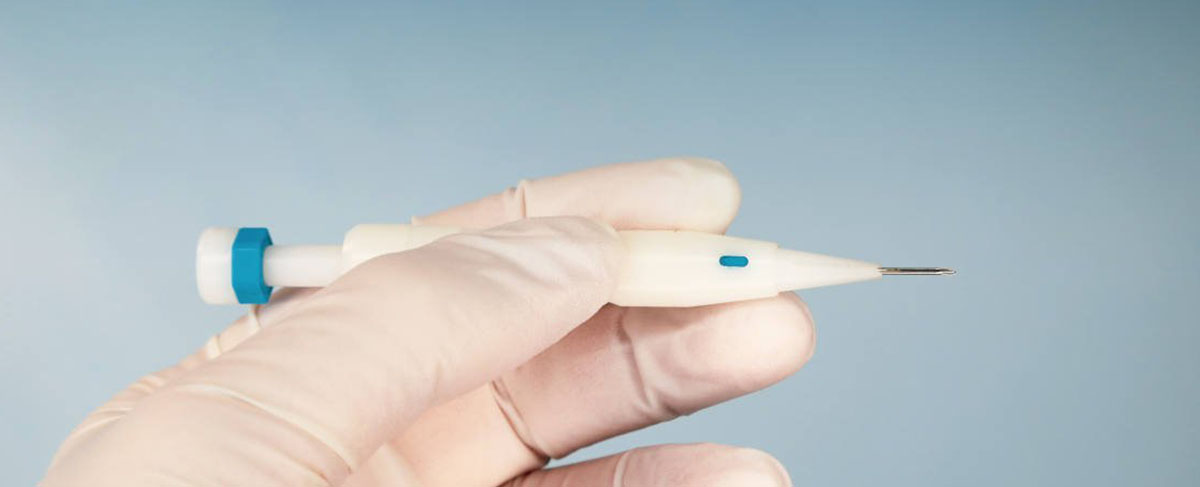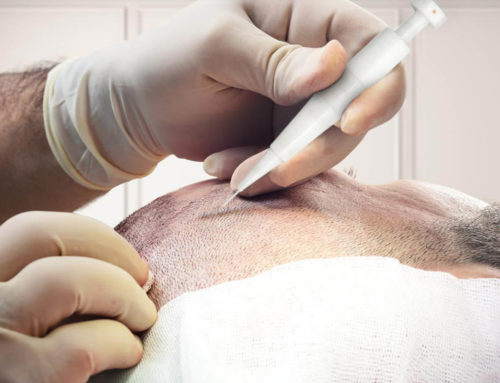DHI and FUE are commonly used methods for hair transplant, but you may be uncertain about which method is best for you. There is abundant information on the internet about this topic, but some of it may not be accurate or may be confusing. To assist you in understanding which method can provide superior results, we will discuss the distinctions between DHI (Direct Hair Implantation) and FUE (Follicular Unit Extraction). In our article “DHI vs. FUE: Hair Transplant Procedures,” we outline what DHI and FUE treatments entail, how they work, and the key differences between them. Let’s begin by examining the procedure for DHI and FUE and understanding what they are.

What is FUE and how does the procedure work?
FUE, which stands for Follicular Unit Extraction, is a highly popular hair transplant surgery that is favored by many patients. Unlike the traditional FUT (Follicular Unit Transplantation) technique, where a strip of skin is removed to harvest grafts, FUE involves directly extracting grafts from the scalp. One of the key advantages of FUE is that it leaves no visible scars and yields natural-looking results.
In the first step of FUE hair transplant surgery, groups of 1-4 hair follicles, also known as grafts, are manually extracted one by one and stored in a solution. Once the extraction phase is complete, the doctor uses micro blades to create channels or slits in the recipient area. These channels serve as the sites where the grafts will be implanted. The grafts are then carefully removed from the solution and transplanted into the channels by the doctor.
Patients who have undergone FUE hair transplant surgery may start noticing initial results approximately two months after the transplant. However, more significant growth usually becomes noticeable around six months, and full results are typically achieved within 12-18 months after the procedure.
FUE hair transplantation offers several advantages, including faster recovery time and less discomfort, as there are no stitches involved. Therefore, FUE is often preferred due to its promising results, minimal pain/discomfort, absence of scarring, and greater effectiveness. With proper care, the transplanted hair follicles from FUE can last a lifetime, making it a favorable option for hair restoration. Ultimately, regardless of whether FUE or FUT is chosen, the preservation of donor hair follicle characteristics and ensuring healthy growth are crucial factors in hair transplantation.

What is DHI and how does the procedure work?
DHI, or Direct Hair Implantation, is a relatively newer hair transplant surgery compared to FUE, and it shares similarities with the FUE technique in terms of not leaving visible scars after the surgery and providing a natural appearance. However, there are some notable differences between these two procedures.
In the first step of DHI, hair follicles are extracted one by one using a specialized tool with a diameter of 1 mm or less. In the next step, the hair follicles are loaded into an implant device called the Choi Implanter Pen, and the procedure involves directly implanting them into the recipient area. Unlike FUE, where the creation of channels and implantation are separate steps, DHI combines these two processes, and the Choi Implanter Pen provides the surgeon with increased sensitivity and better control over the angle, direction, and depth of the transplanted hair. The recovery time for DHI is similar to FUE, and it typically takes 12-18 months for full results to become apparent.
Both DHI and FUE techniques avoid the long scarring associated with FUT, where a strip of skin is removed. However, DHI and FUE surgeries generally take longer and are more expensive due to the added benefits of the Choi Implanter Pen and the combined channel creation and implantation process.

The Difference Between DHI and FUE Hair Transplant Procedures
The main difference between DHI and FUE hair transplant procedures lies in the way the grafts are implanted in the recipient area. In FUE, the channels for implantation need to be created before the surgeon manually implants the extracted grafts. On the other hand, DHI uses a specialized tool called the Choi Implanter Pen, allowing for immediate implantation of the grafts without the need to create channels first.
Follicular Unit Extraction (FUE) is a method of graft collection where micro-motor tools are used to open holes in the recipient area for placing the hair grafts. This technique is named FUE based on the process of graft extraction and implantation. In contrast, DHI, which stands for Direct Hair Implantation, refers to the use of the Choi Implanter Pen during implantation, eliminating the need for separate channel creation and allowing for more precise control over the direction and depth of the implanted hair grafts.
Understanding the differences between DHI and FUE can help you make an informed decision when considering hair transplant options. It’s important to consult with a qualified hair transplant specialist to determine which procedure is best suited for your specific needs and desired results.
Choosing the Right Hair Transplant Procedure: DHI vs. FUE
Which procedure is right for me? When considering hair transplant options, it’s important to understand that DHI and FUE are suitable for different cases. DHI, being a newer procedure compared to FUE, is typically recommended for patients who are younger than 35 years old. This is because hair loss in individuals under 35 is usually less advanced, and the success rates for DHI in this age group tend to be higher compared to other age groups.
FUE, on the other hand, is generally considered safe with minimal potential side effects such as small white scars from the follicle extraction sites. Although rare, infection or tissue death at the surgery site can occur with FUE. One advantage of DHI is that it allows you to determine the direction and dimensions of hair growth according to your preference, and it does not require canal drilling. DHI also has a maximum limit of 4000 grafts that can be implanted during the procedure.
On the other hand, FUE may be preferred when covering larger areas than DHI, and it is a process that can achieve higher density. Our experts at IstanBest Clinic state that both FUE and DHI have a success rate of around 95%. This proves that both procedures are generally safe options. When deciding between DHI and FUE, it’s important to consult with a qualified hair transplant specialist to determine which procedure is best suited for your specific needs and expectations.




